Imagine I have a 10V battery with a capacity of 1Ahrs connected to a 100 Ohm resistor.
I'll get 0.1A (V/R) at a power of 1W (current x voltage) for a total of 10hrs. As a watt is defined as J/s my battery produces 3,600J (1x60x60) in total.
Now, imagine I get a second, identical battery and connect it in series to the first one. I will effectively have a battery of 20V with a capacity of 2Ahrs, all connected to the same 100 Ohm resistor.
I'll get 0.2A at a power of 4W (current x voltage) for a total of 10hrs. This will generate 14,400J (4x60x60).
So, from doubling my energy source I have quadrupled the energy output!
I've obviously made an error somewhere either in my calculations or conceptual understanding, and I would be most grateful to anyone who could set me right.
Thanks!

